how to seal cement tiles?
viva99
12 years ago
Featured Answer
Comments (6)
parksloper
10 years agolast modified: 9 years agoRelated Professionals
Bethpage Flooring Contractors · Bridgewater Flooring Contractors · Cedar Park Flooring Contractors · Dunwoody Flooring Contractors · Limerick Flooring Contractors · Palm Springs Flooring Contractors · Stoneham Flooring Contractors · Hermosa Beach Tile and Stone Contractors · Aberdeen General Contractors · Boardman General Contractors · Lakewood General Contractors · Manalapan General Contractors · Mount Prospect General Contractors · National City General Contractors · Union Hill-Novelty Hill General ContractorsCarolyn H_K
8 years agomaybelle824
8 years agoshay_fox
8 years agoCalivilla
4 years ago
Related Stories
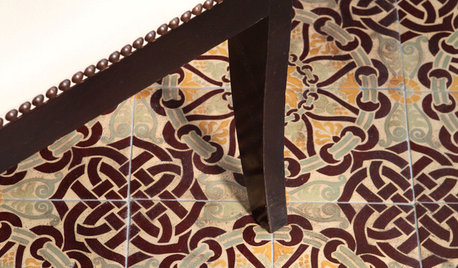
REMODELING GUIDESOld is New: Cement Tile Makes a Comeback
Get Ideas for Using Colorful Moorish-Inspired Tile at Home
Full Story
REMODELING GUIDESSeal the Deal With Fiber Cement Siding
Chameleon-like, durable and low maintenance, fiber cement gives home exteriors of all shapes and styles a winning edge
Full Story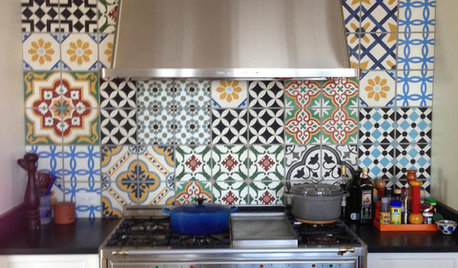
TILESo Many Reasons to Love Cement Tiles
You’ll notice their beautiful patterns right away, but cement tiles have less obvious advantages too
Full Story
TILEEpoxy vs. Cement Grout — What's the Difference?
Grout is grout, right? Nope. Cement and epoxy versions have different appearances, durability and rules of installation
Full Story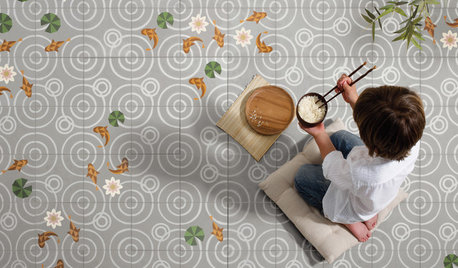
TILEWorld of Design: How Modern Geometric Designs Are Reinventing Cement
Intricate and eye-catching, the patterns of today’s cement tiles mark a break with their past while preserving an age-old technique
Full Story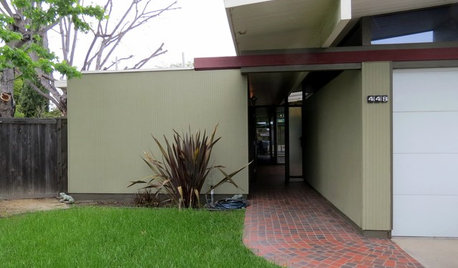
HOUZZ TOURSMy Houzz: Yard Seals the Deal for an Eichler Home
Expansive indoor-outdoor living sold a couple on this midcentury California home, now brimming with vintage finds collected over time
Full Story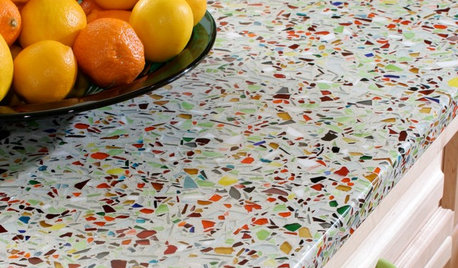
KITCHEN DESIGNKitchen Counters: Sturdy, Striking Recycled Glass With Cement
Ecofriendly and full of character, this heat- and scratch-resistant material is a great fit for custom kitchen counters
Full Story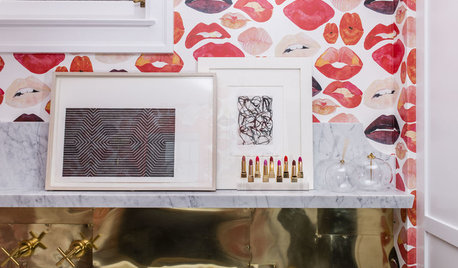
BATHROOM DESIGNRoom of the Day: Sealed With a Kiss
A San Francisco girl’s bathroom room goes lip-smackingly bold
Full Story
REMODELING GUIDESFiber Cement Siding Takes a Front Seat
Not just a wood or vinyl substitute, fiber cement is a stellar siding choice in its own right for modern home exteriors
Full Story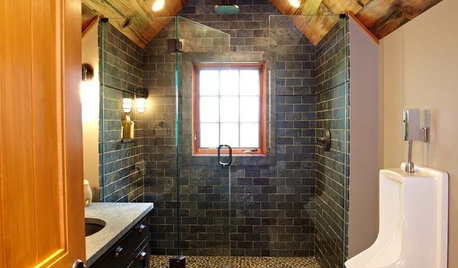
BATHROOM DESIGNWood in the Bathroom? Absolutely!
Wet places and wood can be a match made in design heaven — see great examples and get tips for sealing and installing bathroom wood here
Full StoryMore Discussions







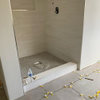

cjphilly